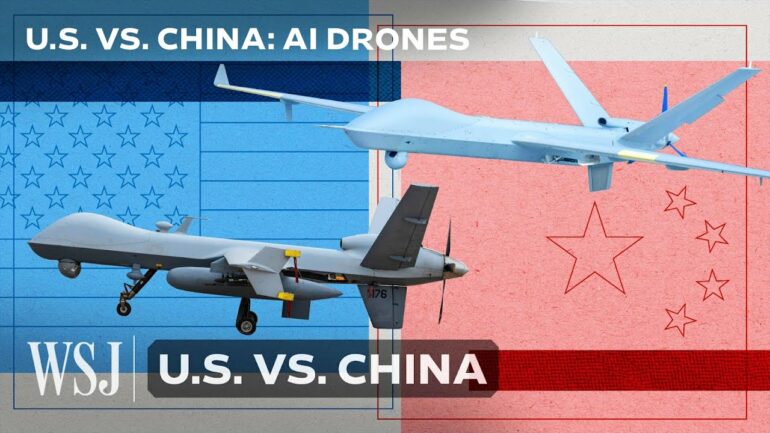In the competitive arena of global technology, China’s ambitions in artificial intelligence stand out – not just for their scale but for their distinct strategic approach.
In 2017, the Chinese Communist Party declared its intent to surpass the United States to become the world leader in AI by 2030. This plan, however, is less about pioneering novel technologies and more about strategically adapting existing ones to serve state economic, political and social objectives.
While both China and the United States are actively pursuing AI technologies, their approaches differ significantly. The U.S. has traditionally led in fundamental AI research and innovation, with institutions such as Massachusetts Institute of Technology and Stanford and tech giants such as Google and Microsoft driving breakthroughs in machine learning. This innovation-first approach contrasts with China’s focus on adaptation and application of existing technologies for specific state objectives.
The United States’ AI development is primarily driven by a decentralized network of academic institutions, private companies and government agencies, often with competing interests and a focus on commercial applications. In contrast, China’s AI strategy is more centralized and state directed, with a clear focus on supporting government initiatives such as social control and economic planning.
AI for ideological control
At the heart of China’s AI strategy lies its effort to embed the technology in the machinery of the government’s ideological control. A prime example is the Xue Xi chatbot developed by researchers at China’s top-ranked university, Tsinghua University. Unlike Western AI models designed to foster open-ended dialogue, Xue Xi was trained in part on “Xi Jinping Thought” to indoctrinate users – likely initially to be party members in government – with Communist Party ideology.
China’s large language model chatbots are a step ahead of the likes of ChatGPT in one respect: political censorship.
This isn’t just a singular initiative but part of a broader trend. AI-driven surveillance systems, like the facial recognition technology deployed across the Xinjiang region of China, enable the government to maintain tight control over the area’s minority Muslim Uyghur population.
These technologies are not groundbreaking. They build on existing innovations but are finely tuned to serve the Communist Party’s efforts to maintain social order and prevent dissent. China’s AI prowess comes not by creating the newest technology but by mastering and deploying AI in ways that align with its ideological imperatives.
AI for economic control
China’s AI strategy is also deeply intertwined with its economic ambitions. Faced with slowing growth, the Communist Party views technology as the essential tool for pulling the country out of its economic slowdown. This is particularly…



